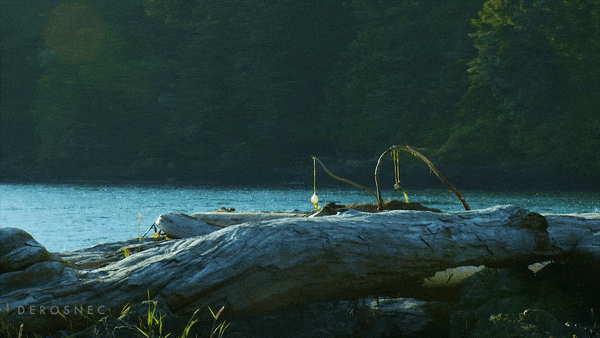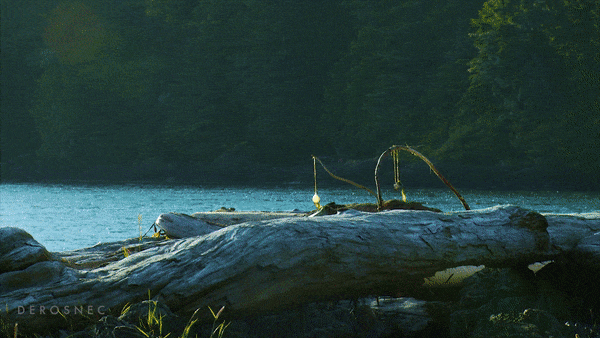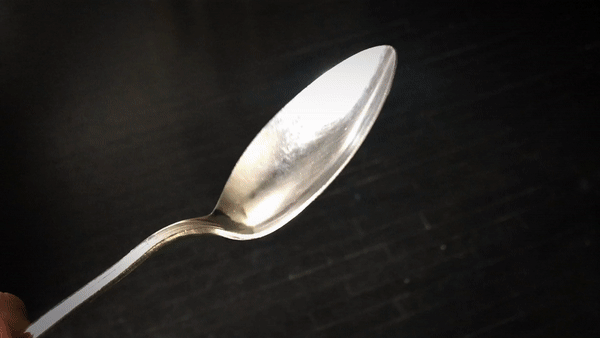Soviet Montage Theory and You! Part 2 - Methods of Montage
This week I got a fun one for you! Enjoy:
Video Transcript:
Hello! I am the artist known as DEROSNEC, and welcome to my weekly vlog where I talk about making music, art, movies, and more.
Last week I introduced the Soviet Montage Theory by telling you a little bit about what it was trying to address in a general sense. This week we can talk some details!
The 5 (er... 6) Methods of Montage According to Eisenstein
Montage, or motion picture editing, can take many forms. Knowing how shot movements, timing, and compositions can make viewers feel will make your visual storytelling more effective. Taking it a step further, knowing how to juxtapose shots in an assembly effectively using Montage Theory techniques can make your sequences stronger both visually and conceptually.
But in the early days of film it wasn’t so clear about how it was all actually working in the minds of viewers. Sergei Eisenstein, a film director and theorist, jumped right on the Theory’s bandwagon when it was just starting to be developed and joined the discussion with his contemporary film academics. Then he compiled a list of his findings into clear editing techniques which are still terms used in today’s industry.
Let’s take a look at each of these methods:
Metric:
The cuts in the assembly uniformly follow a specific number of frames, regardless of what’s happening in the frame. The intent is to get the audience’s raw emotions pumping, mostly thanks to a clear rhythm. Music videos feature this quite a bit.
Rhythmic:
The cuts in the assembly are motivated only by a visual continuity - literally drawing from the shapes and movements within each shot to create a visually logical flow, which creates the tempo. So basically, pictures are like music!
Tonal:
The cuts in the assembly are motivated by the emotional intention of each shot, without being manipulated by the length of the shot or the juxtaposition of edits. At its simplest, an example might be simply showing something like a morning seashore to elicit a sense of calm in the viewer.
Overtonal:
Also known as Associational, the cuts in the assembly use Metric, Rhythmic, and Tonal methods together to get more complex emotions and reactions in the viewers. So, for example, maybe after that morning seashore, there might be a quick series of metric-method cuts which flash scenes of horror, followed by a rhythmically cut scene of a person waking up from a dream dramatically. Ta da, you now have created not only a cohesive horror story scene but you can expect a clear and certain type of emotional reaction from your audience at each edit.
Intellectual:
Seemingly unrelated cuts in the assembly are placed together in such a way to convey a greater specific meaning. This is similar to the Overtonal method in the sense that it’s juxtaposing many different shots and concepts with the intent of painting a bigger picture, however intellectual montage is generally more specific and less emotional. For example, a close up image of a spoon, a lighter being lit, and a particularly veiny arm imply nothing beyond the image when viewed on their own respectively, but when juxtaposed they imply drugs being used by someone. A great example of a film which uses montage sequences like this would be Requiem for a Dream.
Vertical:
This is kind of the black sheep of the montage theories because it’s less about the “cut” and more about how the movement, sound, or music can act as additional montage techniques within a shot. Stephen Spielberg is a director who does this a lot in his films. For example, check out the beginning of the drinking match scene in Raiders of the Lost Ark. There is one long shot which feels like an entire scene, but where there are no cuts - just movement, sound, and a smart sense of timing.
Next week we’ll dig a little deeper and explore some of the counter-theories which were developed in response to the Soviet Montage Theory.
What are some of your favourite art theories? How do you put them to good use in your own artwork? Teach me something new in the comments below!
Thanks for watching - hit that thumbs up button below and join the uncensored by subscribing to my Youtube channel, my newsletter, or by following me on facebook, twitter, and instagram! If you never want to miss a video, be sure to click the little notification bell icon, too.
NOTE: These Thursday Vlog transcripts can also be found published on my website: http://derosnec.com

















Nina, good to see you always, check the video, sometimes it stays frozen, (I do not know if it only happens to me) At least I could hear you well :3
oh hmm.. I will definitely look into that! Thanks for letting me know!
ok very strange, but it looks like 720p is not working. It works perfectly at all the other resolutions, though - so if you can handle 1080p then watch it at that resolution! If you can't, try 480p :)
This is a great post.
Great deep breakdown.
I love the long shot that starts the Raiders drink match scene. As Hitchcock says, "Pure Cinema."
Thanks for watching! Yes, that is a fantastic scene and a great example of "editing without cutting" - which Spielberg actually uses quite a lot throughout all of his films!
This is freakin' awesome @derosnec. I dabble in videography/editing, so it's not only fascinating but also relevant and useful, as well as inspiring. I almost feel like scrubbing through my random footage and creating a montage, just for the sake of applying your lessons. ;)
side note – I'm increasingly convinced that youtube is trying to hobble playback from this platform. It happened to my open-mic entry (so I re-uploaded to vimeo) and I'm seeing it happen on nearly every single youtube-hosted video I've tried to watch over the last few days. Anyone else noticing this??
yay! I'm glad you're finding it informative! Once you get into the kinds of stories you can tell visually, it becomes pretty fun. (I think anyway, lol!) From one musician to another, it might be a fun exercise to create a visual song - as in, make a silent film, and create a short montage out of pictures, video, and movement. You may be surprised in how you end up "hearing" what you see! In a few weeks I'll actually muse a bit on how I think musical composition and editing are coming from the same part of the brain...
...and yeah, Youtube has been having compression glitches which they've actually acknowledged over the past week. Hopefully they fix it soon - I still can't for the life of me get dTube to work, and honestly I'm not a huge fan of Vimeo :/ blargh!
I love it! I used to teach this to my students.
Instant follow! :)
Ah, a film teacher! I definitely look forward to suggestions from you for more topics :D Checking out your blog now...
Just started on steemit, I will wait a little more before posting more stuff, just to get used to it. Let's share knowledge, I think I'll be fun. :)
welcome welcome! I've been around for a few months now, and so far my best suggestion is getting involved with Discord. But for sure, if you have any questions at all, give me a shout!
Thanks! I appreciate! :)